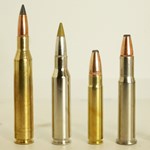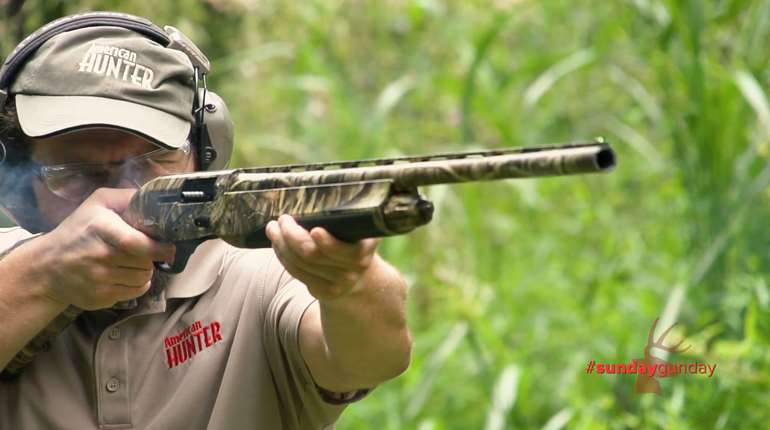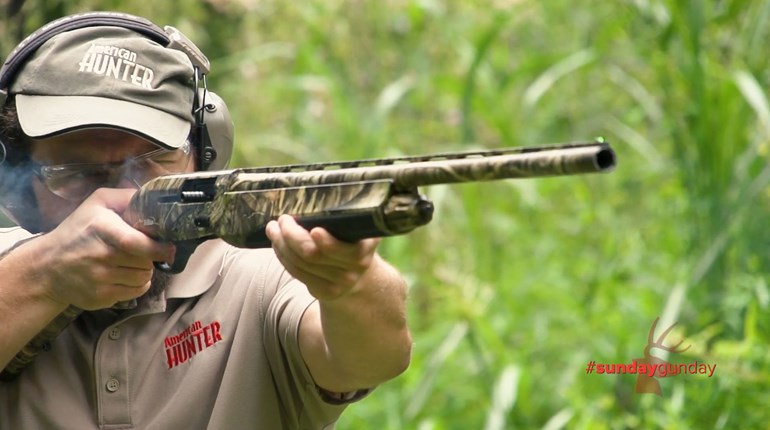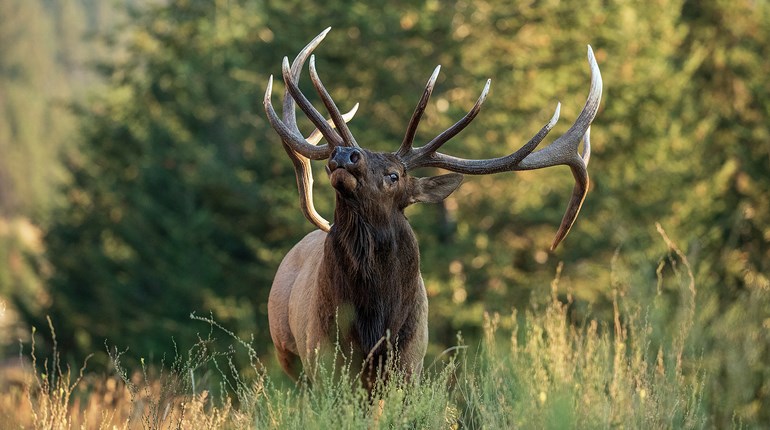
Every day that I am in the elk woods and don’t see an animal or get a shot, I try to remind myself that this is, indeed, the golden age of North American elk hunting. After all, there are more elk than at any time in modern history, with total numbers estimated at more than 1 million animals and growing. Heck, there are so many elk you can now hunt them in places not thought of as “elk country” for many generations, like Pennsylvania and Kentucky. Despite outlandish non-resident elk tag fees in most western states, hunting opportunities on both public and private lands remain as abundant as the elk themselves.
If that's the case, then why do statewide success rates for firearms hunters average less than 25 percent across the board—and half that for bowhunters?
Here are the 10 most common mistakes archery elk hunters make, and how you can avoid them.
1) You didn’t research areas before the hunt. Careful, meticulous planning is the key to successful elk hunting. Spend some long-distance phone money and call state game departments, biologists, etc. for specific elk herd information in specific areas. Talk to other hunters, read books and magazines, watch videos, attend seminars at sport shows to find information on hot elk hunting. The object is to shrink your focus from a certain state down into one or two drainages in a specific mountain range in that state. This planning process should begin many months before the hunting season.
2) You didn’t apply for special draw permits. The best public land elk hunting is found in areas where both hunting pressure and elk harvest are controlled by issuing a limited number of tags each year. The odds of drawing one of these permits is low, but since you get your money back save a small application fee, you have everything to gain and nothing to lose by applying.
3) You didn’t research outfitters before booking a hunt.There are some outstanding elk outfitters in the West—and some bad ones, too. It's amazing how many people give an outfitter money without first checking out both his references and his competition, then are surprised when their dream hunt turns into a nightmare. Make sure there are no questions in your mind regarding price, hunt duration, the type of hunt and what the outfitter will provide and is responsible for before booking. And get it in writing.
4) You didn’t get into top physical condition.Elk hunting is demanding physically, even if you're on an outfitted horseback hunt. The mountains are steep, the elevation high and the drainages huge. The more ground you can cover day after day, the better your chances for success. Out-of-shape hunters are the number one complaint I hear from outfitters.
5) You didn’t practice with your bow. The inability to make the shot over broken ground under demanding field conditions is the elk outfitter's number two complaint with clients. Remember that in elk country, shots will quite possibly be at longer distances than on back-home whitetail hunts. Often steep uphill or downhill angles will be involved. Remember, too, that during a week's tough hunt, one chance may be all you get. You don't want to blow it simply because you didn't practice.
6) You set trophy expectations that were too high. Magazine articles and photographs rarely show anything but big 6x6 bulls, in all their glory. What fantasy. The odds of taking such a trophy bull on public land in most states are so low, even Las Vegas would be embarrassed to take your money on such a wager. If you've never taken an elk before, be happy with any bull you can get, or be prepared to go elkless.
7) You didn’t move if you couldn’t spot any elk. Hunting where the elk were, not where the elk are, is a mistake all elk hunters make from time to time. Unless the sign is smoking-hot, it's generally better to physically cover ground to try and locate elk herds than sticking close to an area where you hope they will eventually show up. If you've hunted a specific spot for a few days and nothing's happening, be aggressive and go find them—even if it means having to hunt far from the road or moving camp.
8) You didn’t learn about elk habits. Elk are not deer. They live differently, prefer different habitat, have different daily habits and even prefer different foods. For example, elk are grazers, preferring grasses and forbs to the woody browse deer prefer. By learning as much as you can about the daily habits of elk, you'll be more in tune with the woods when you step into them, and be able to make the adjustments necessary to both locate elk herds and move in for a shot.
9) You didn’t take enough time. Often it takes the better part of a week just to figure out where the elk are concentrated and what they're doing, then who knows how many more days before you can maneuver in for a shot. For example, on one bowhunt I took a few years back on an excellent public land special-draw area of New Mexico, it took six days to locate where the elk were concentrated, then a full day of hard maneuvering to get into bow range and make the shot on a very nice 5x5 bull. It then took another full day to pack meat back to camp. And that's one of the shortest public land wilderness elk hunts I've ever been on. Simply stated, the more days you have to spend, the better your chances.
10) You didn’t watch the wind—constantly. For some strange reason, whitetail hunters who work overtime to control their scent and keep the wind in their face often forget all about both when hunting elk. But elk can smell at least as well as deer, and if they get a whiff of you, they're gone. Also, you'll find the wind in the mountains constantly changes, even if it's just subtly. A small puff bottle will show you the direction of the breeze both where you're standing, and how it is flowing up and down the mountain as it drifts off. Carry a couple, and use them constantly.




































